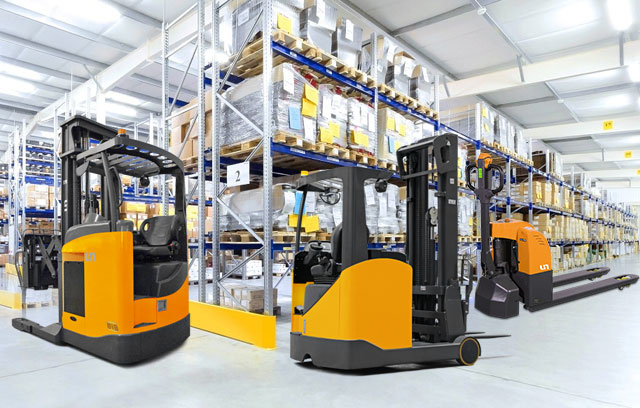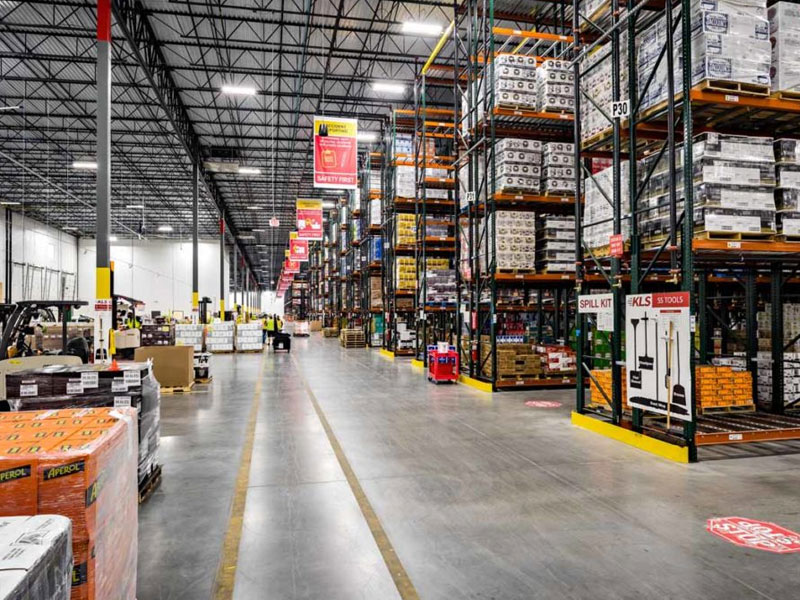The power source of a diesel forklift is a diesel engine, which is responsible for providing the necessary power to operate the forklift's various functions. Here's how the power source of a diesel forklift works:
Diesel Engine: Diesel forkllifts are equipped with an internal combustion diesel engine. Diesel engines are known for their durability and ability to generate high torque, making them suitable for heavy-duty applications.
Combustion Process: The diesel engine operates on the principle of the diesel cycle, where air is compressed in the engine's cylinders, and diesel fuel is injected at high pressure. This process results in the air-fuel mixture igniting due to the heat of compression, driving the power stroke of the engine.
Fuel Injection: Diesel fuel is delivered to the engine via a fuel injection system. The injection timing and pressure are carefully controlled to ensure efficient and clean combustion.
Air Intake: The engine draws in air through an air intake system. The air is then compressed in the engine's cylinders, which increases its temperature and pressure.
Compression Stroke: During the compression stroke, the air inside the cylinder is compressed to a high pressure. The temperature of the compressed air rises significantly.
Fuel Injection and Ignition: Diesel fuel is injected directly into the highly compressed air in the cylinder. The heat generated by the compression process causes the fuel to spontaneously ignite, creating a powerful force that drives the piston down in the power stroke.
Exhaust System: After combustion, the exhaust gases are expelled from the engine through an exhaust system, which includes a muffler and emissions control components.
Mechanical Components: The engine's power is transmitted to the wheels of the forklift via a transmission system, typically a combination of gears, clutches, and a drive axle.
Hydraulic System: Diesel forklifts use a hydraulic system to control the lifting and tilting of the forks. The engine powers a hydraulic pump, which pressurizes hydraulic fluid. The pressurized fluid is then used to lift the load and control other hydraulic functions.
Cooling System: Diesel engines generate a significant amount of heat during operation. A cooling system is used to maintain the engine at a suitable operating temperature. This typically involves a radiator and cooling fan.
Electrical System: Diesel forklifts also have an electrical system that includes a battery to start the engine and provide power to various electrical components, such as lights and gauges.
The diesel engine in a forklift provides the necessary power to move, lift, and transport heavy loads. It offers high torque, making it suitable for tasks that require substantial lifting capacity and the ability to operate in challenging conditions, such as outdoors or on uneven terrain. However, it's important to note that diesel engines emit exhaust gases, so proper ventilation and compliance with emissions regulations are essential for indoor use.











 中文简体
中文简体 عربى
عربى Español
Español














